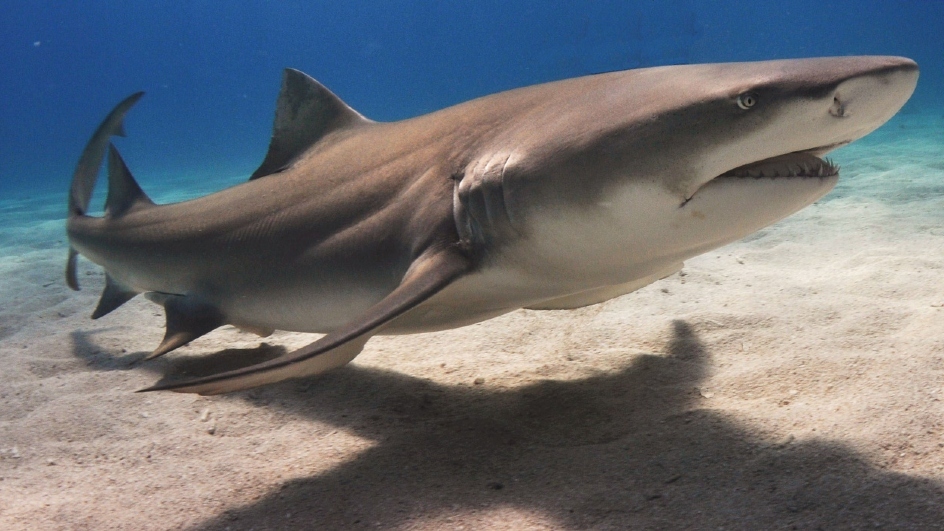At Least 5 Lakh #Sharks to be Slaughtered to Create #COVID19Vaccine Doses for All, Conservationists Warn
weather.com/en-IN/india/en…
(📸: NOAA)
weather.com/en-IN/india/en…
(📸: NOAA)

Conservationists have warned that at least 5 lakh sharks are likely to be slaughtered in order to develop enough doses of an effective vaccine and immunise humankind against COVID-19.
All vaccines consist of an immunological agent called adjuvant—meaning "to help" in Latin—which makes the vaccine more efficient by strengthening its immune response.
With the help of adjuvants, vaccines can produce more antibodies, and effectively arm consumers with longer-lasting immunity against the disease.
One such adjuvant is squalene, natural oil that is present in the liver of #sharks. However, it comes at the price of mass-murder—in order to obtain one tonne of squalene, approximately 3,000 sharks need to be killed.
#covid19vaccine
#covid19vaccine
Now, #SharkAllies, a California-based conservation group, has warned that in order to create one dose of #COVID19vaccine each for every single person on the planet, about 2.5 lakh sharks will have to be killed for their liver oil.
However, if two doses are required per person, then the number of sharks would double to 5 lakh.
#covid19vaccine
#covid19vaccine
While #squalene is also found in the livers of many other animals, sharks remain the major commercial sources for this natural organic compound.
#covid19vaccine
#covid19vaccine
As per estimates made by conservationists, around 30 lakh sharks are killed every year so that human beings can utilise #squalene in cosmetics, machine oil, and other products.
#covid19vaccine
#covid19vaccine
British pharma giant #GlaxoSmithKline, which has announced mass production of 100 crore doses of the #COVID19Vaccine, has already been using #sharksqualene to make flu vaccines.
However, conservationists fear that this sudden spike in demand for mass production of vaccines will not just threaten the shark population, but may eventually lead to their endangerment as well, especially considering these top predators do not reproduce in huge numbers.
In fact, species like the gulper shark and the basking shark, which are rich in this oil, are already vulnerable, and if targeted further, they could be under some serious threat.
#covid19vaccine
#covid19vaccine
To protect the shark species, scientists have been actively working on a synthetic version of squalene made from fermented sugar cane.
#covid19vaccine
#covid19vaccine
But with such an enormous, urgent, and ever-increasing requirement for vaccines against the #coronavirus, which has so far infected 3.3 crore and killed 10 lakh people around the world, the number of sharks sacrificed for its production may even exceed the predicted number.
• • •
Missing some Tweet in this thread? You can try to
force a refresh














